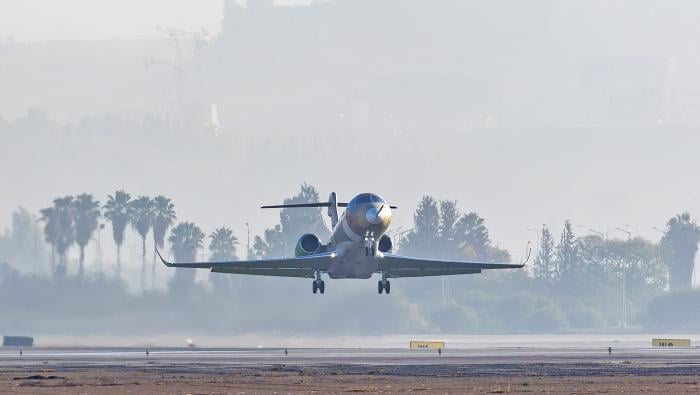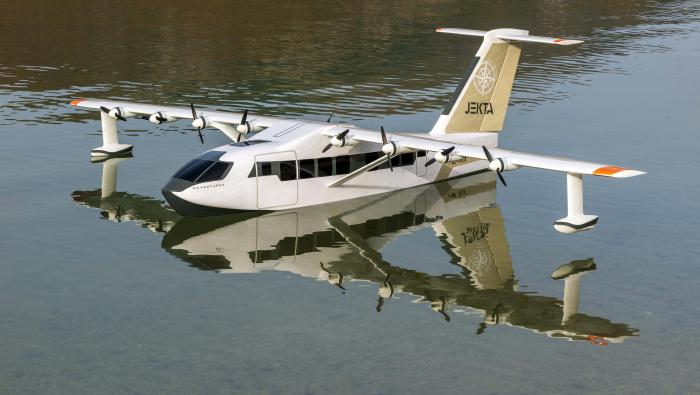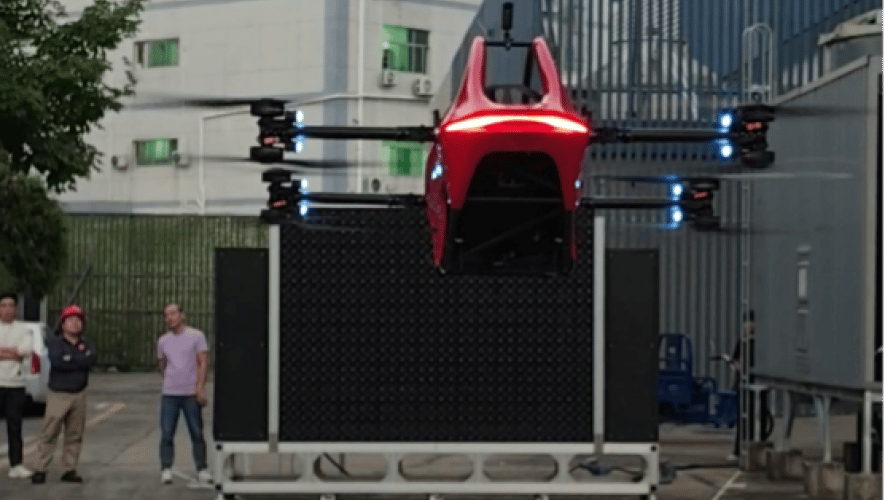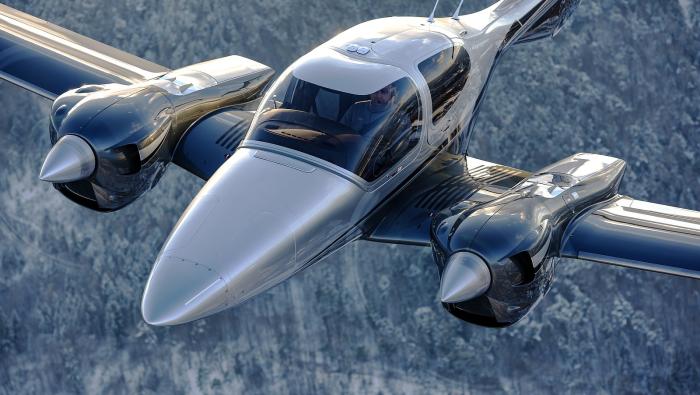Business, military products keep Pilatus flush with orders
For the first time in many years, Pilatus Aircraft has full order books for both
its general aviation business unit–with the PC-12 executive/utility
its general aviation business unit–with the PC-12 executive/utility








